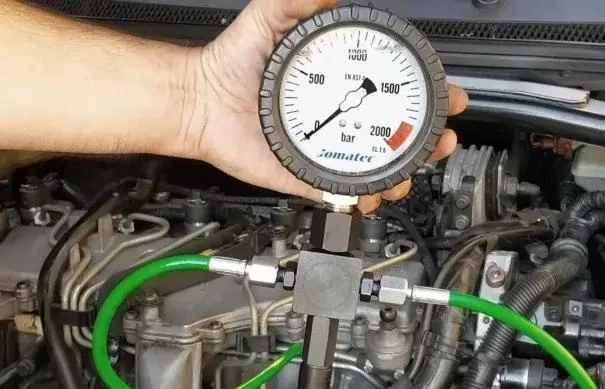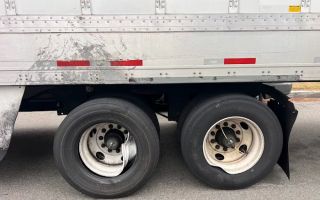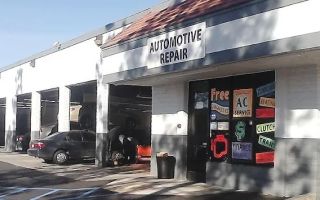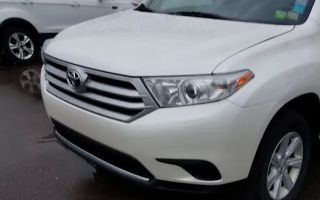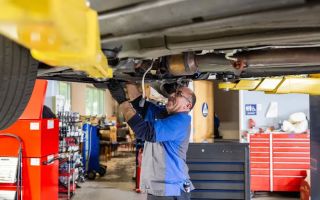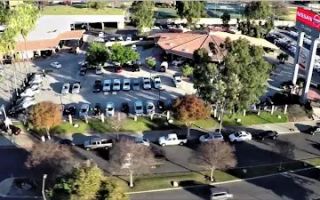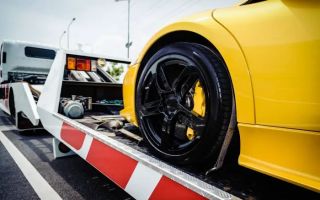Understanding and Fixing Fuel System Problems in Your Car
Ever been on a road trip, cruising down the highway, and suddenly your car starts stuttering or loses power? It’s a situation many drivers dread: a failing fuel system. I’ve been there myself, and it’s not just frustrating—it can feel like your whole day is ruined. But understanding how to identify and fix fuel system problems can save you a lot of time, money, and stress. In this guide, I’ll walk you through the common fuel system problems, how to spot them, and what steps you can take to fix them before they turn into bigger issues.
The fuel system in your car is essential to its overall performance. It’s responsible for delivering the right amount of fuel to the engine, ensuring smooth operation. But like any complex system, it can run into trouble. From fuel pump failures to clogged fuel filters, there are several components that can fail over time. Let’s dive into the symptoms of these problems and how you can address them.

Fuel 4
720 Tonnelle Ave, Jersey City, NJ 07307, USA
1. Recognizing Fuel System Problems in Your Car
Fuel system problems can manifest in various ways, and as a car owner, it's essential to be aware of the signs that something might be wrong. A malfunctioning fuel system can cause your car to run inefficiently, or worse, it can leave you stranded on the side of the road. In my experience, here are some of the most common symptoms of fuel system issues:

Pick Your Part - Help Yourself
1232 Blinn Ave, Wilmington, CA 90744, USA
1.1. Engine Stalling or Hesitation
One of the first signs that you may be dealing with a fuel system issue is engine hesitation or stalling. This can happen when the engine doesn’t receive enough fuel to maintain its power, which can lead to your car hesitating to accelerate or even stalling completely. I had this problem once when I was accelerating at a stoplight—my car suddenly lurched and stalled. After some quick troubleshooting, I found that the fuel pump was malfunctioning, which was restricting fuel flow to the engine.
In most cases, stalling occurs due to issues with the fuel pump, the fuel injectors, or the fuel filter. If you experience stalling or hesitation, it’s best to inspect your fuel system as soon as possible to avoid being stuck on the road.
1.2. Decreased Fuel Efficiency
If your car is consuming more fuel than usual, the problem could lie within the fuel system. A clogged fuel filter, for example, can restrict fuel flow, causing the engine to work harder to run, thus consuming more fuel. I noticed a significant drop in my car’s gas mileage after a fuel filter issue. While it wasn’t immediately obvious, the reduced efficiency was a clear warning sign that something was wrong.
If you notice your fuel consumption increasing without any clear reason (like driving conditions), it’s worth checking the fuel system components for any issues.
1.3. Difficulty Starting the Car
If your car is struggling to start or requires multiple attempts to turn on, it could be a sign that the fuel system is malfunctioning. A failing fuel pump or clogged fuel filter can prevent enough fuel from reaching the engine, leading to starting issues. I remember being late for work one morning, and my car wouldn’t start on the first try—it turned out that my fuel pump was on the fritz, and it wasn’t sending the right amount of fuel to the engine.
If this happens regularly, it’s important to address the fuel system problem quickly to avoid being left stranded.
2. Diagnosing Fuel System Problems
Once you notice the symptoms of a fuel system problem, the next step is diagnosing the issue. Fortunately, there are a few key areas you can check to pinpoint the root cause. Here’s what I do when I suspect a fuel system problem:
2.1. Checking the Fuel Pump
The fuel pump is one of the most critical components in your fuel system. It’s responsible for pushing fuel from the gas tank to the engine. If the pump is malfunctioning, you’ll likely experience poor engine performance, stalling, and difficulty starting the car. One way to check is by listening for the fuel pump when you turn the key to the "on" position (but don’t start the engine). If you hear a buzzing sound from the back of the car, that’s the pump working. If you don’t hear anything, the pump may need to be replaced.
2.2. Inspecting the Fuel Filter
The fuel filter prevents dirt and debris from reaching your engine, but over time it can become clogged, restricting fuel flow and causing engine problems. Replacing the fuel filter is a relatively simple task, and most car manuals will tell you where it’s located. If you notice any signs of poor fuel efficiency or stalling, it might be time to replace the filter. I had to do this myself after noticing my car was struggling to start, and it made a huge difference in performance.
2.3. Examining the Fuel Injectors
Fuel injectors deliver the fuel to the engine in the correct amount and at the right pressure. If they become dirty or clogged, they can cause poor engine performance and fuel efficiency. Cleaning or replacing fuel injectors can improve the overall health of your fuel system. I once had a rough idle in my car that turned out to be caused by dirty injectors. After cleaning them, the issue disappeared, and the car ran smoothly again.
3. Fixing Fuel System Problems: What You Can Do
Now that you’ve identified the problem, it’s time to tackle the repair. Here are the common fixes I’ve used to resolve fuel system issues:
3.1. Replacing the Fuel Pump
Replacing the fuel pump is a more involved repair that usually requires removing the gas tank. It’s not a job for the faint of heart, but with some tools and a bit of patience, it can be done. When I had to replace my fuel pump, I took the opportunity to inspect the fuel tank for any other issues while I was at it. If you’re uncomfortable with this repair, it’s best to take your car to a professional mechanic.
3.2. Replacing the Fuel Filter
Replacing the fuel filter is one of the easiest fixes you can do yourself. It’s usually located along the fuel line, and in most cases, it only requires a wrench and a few basic tools. I’ve replaced my fuel filter a couple of times, and it’s always made a noticeable improvement in the car’s performance. If you’re unsure how to replace the filter, there are plenty of online tutorials and videos to guide you through the process.
3.3. Cleaning the Fuel Injectors
If your fuel injectors are clogged, you can clean them yourself using a fuel injector cleaning kit or by taking them to a mechanic for professional cleaning. I’ve used both methods, and cleaning them made a world of difference in how my car idled and accelerated. If cleaning doesn’t solve the issue, you may need to replace the injectors altogether.
4. Preventing Fuel System Problems
Once you've fixed the issue, the next step is preventing future fuel system problems. Regular maintenance is key to ensuring that your fuel system continues to run smoothly. I always make sure to replace my fuel filter on time and use high-quality fuel to keep the injectors clean. It's also a good idea to use fuel system cleaner occasionally to remove any build-up in the fuel lines. Staying on top of your car’s maintenance will help avoid bigger, more expensive issues down the road.

